
In a new initiative with the New World Symphony, began the Medellin Musician Exchange Program, where 20 fellows of Miami go to Medellin and 10 fellows of Colombia go to Miami.
For 21-year-old Juan Sebastian Forero Jaramillo, residing in Miami, Fla. for three months has been an experience that has changed his life.
He and his colleague, Santiago Bernal Montaña, are two young aspiring cellists from Colombia that traveled to the sunshine state in an exchange program between the New World Symphony in Miami and the Academia Filarmonica de Medellin in Colombia to expand their knowledge and passion of classical music.
“We came here and they [New World Symphony] began giving us lessons with the fellows. This is a really good place where we can learn a lot,” Juan Sebastian said about the program that caused him to have bigger priorities and ideas.
Santiago, 20, agreed.
“This is wonderful for us,” he told VOXXI, “we are getting the opportunity and lessons we need to become professional musicians.”
The Academia Filarmonica de Medellin is a program that began a few years ago and brings together a group of young musicians with different music institutions, giving young people the opportunity to learn music.
The project is under the wing of the famous Colombian orchestra, Medellin Filarmonica.
The initial of the exchange was during the 2010-2011 season. This year it kicked off its third year.
“The type of exchange that we use to do in the last three years was for one week,” Santiago said. “At the end of the week, the fellows from Colombia would have the opportunity to play a concert in Miami.”
This year, however, the program took a new approach and for the first time they offered residency in Miami for three months.
This gives the two Colombian cellists the opportunity gain maximum experience in a famous classical music institution known for its leadership, organization and level of performance.
For Juan Sebastian, the musicians in Miami are really good and the best at sharing their knowledge and work.
“It’s beneficial to us and the New World Symphony is a good place to learn, grow and play better,” he said.
The Medellin Musician Exchange Program is a really big project.
The musicians feel it is the perfect way to help the classical music movement in Medellin become known.
Challenges of being a classical musician in Colombia
Both Santiago and Juan Sebastian have been playing the cello for over a decade.
They agreed that being a cellist in Medellin has been quite the challenge.
“A lot of people in our country are not related to classical music because they are not that aware of it,” Santiago said.
It’s challenging because in cities like Medellin, people primarily listen to genres like tropical or rock.
Juan Sebastian said that with good ideas and great knowledge of classical music, it’s possible to change the outlook of the city with the genre.
“We need to open the doors to classical music in our city,” said Juan Sebastian.
“This culture is lacking in Medellin and it’s necessary to share this art with our city and the rest of Colombia.”
These two cellists are among many aspiring classical musicians in Latin America.
With opportunities like the Medellin Musician Exchange Program, they hope to expand the classical music movement and eventually many people will enjoy the genre and it’ll be known through every generation.
Santiago Bernal Montaña’s and Juan Sebastian Forero Jaramillo’s three-month journey in Miami ended after following a successful performance on December 12 at the New World Symphony stage.
More on Medellin Musician Exchange Program
Originally published on VOXXI as Medellin Musician Exchange Program: Colombian cellists chasing classical music dream
Before You Go
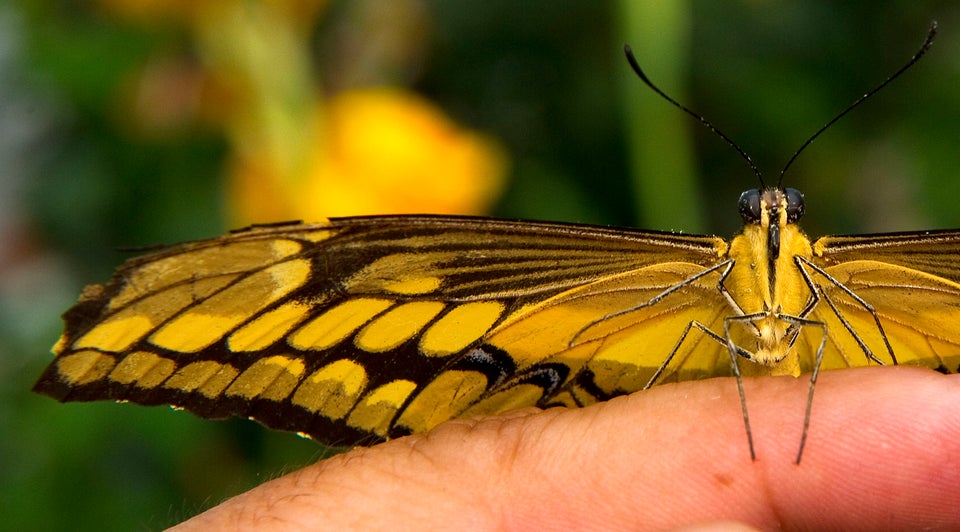
To put all of this in perspective, 68.7% of Colombia's surface is covered by natural ecosystems.

Many of the country's afro communities reside along Colombia's coasts, near port cities that use to be hubs for slave trading in the Americas.
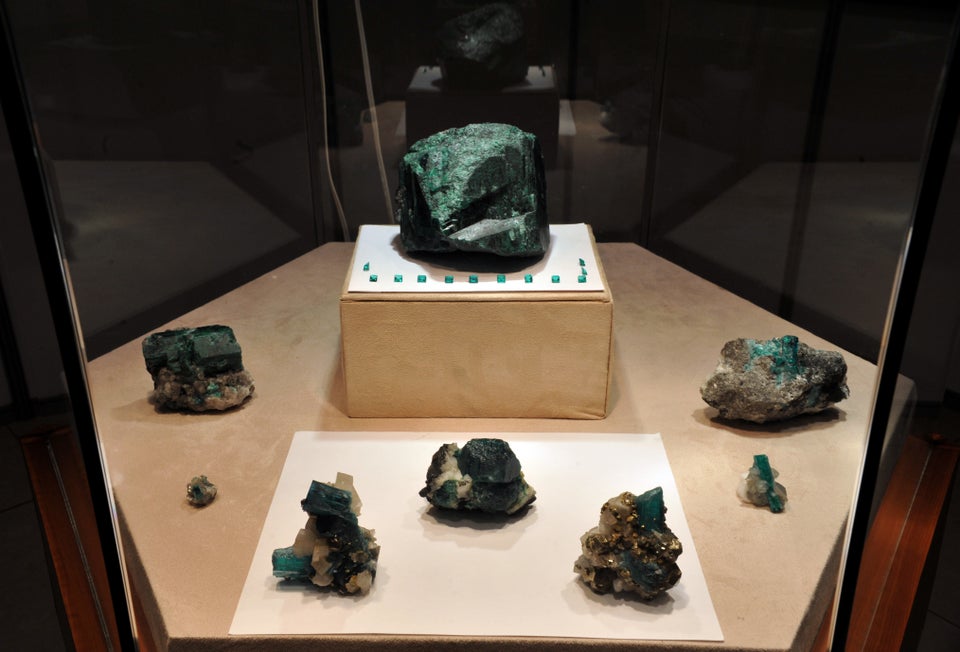
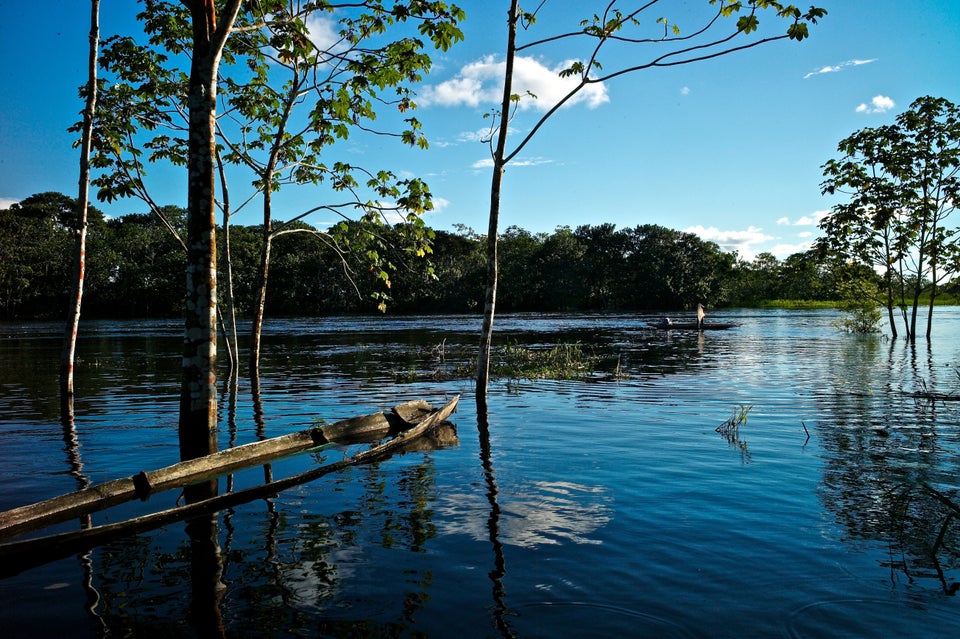
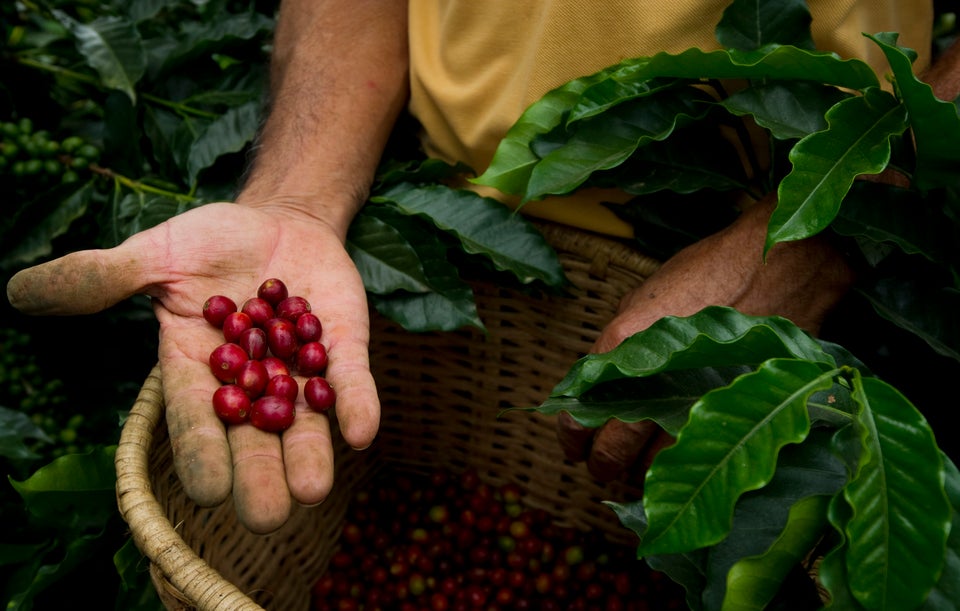
Fun Fact: The figure of Juan Valdez that represents the National Federation of Coffee Growers of Colombia is not based off a real person. The fictional poncho-wearing character widely referenced abroad (remember that scene from “Bruce Almighty”?) is simply used to represent Colombian coffee farmers.

In 2007, Víctor García de la Concha, the director of la Real Academia de la Lengua Español, the official royal institution overseeing the Spanish language praised the country's Spanish while speaking to Caracol Radio.

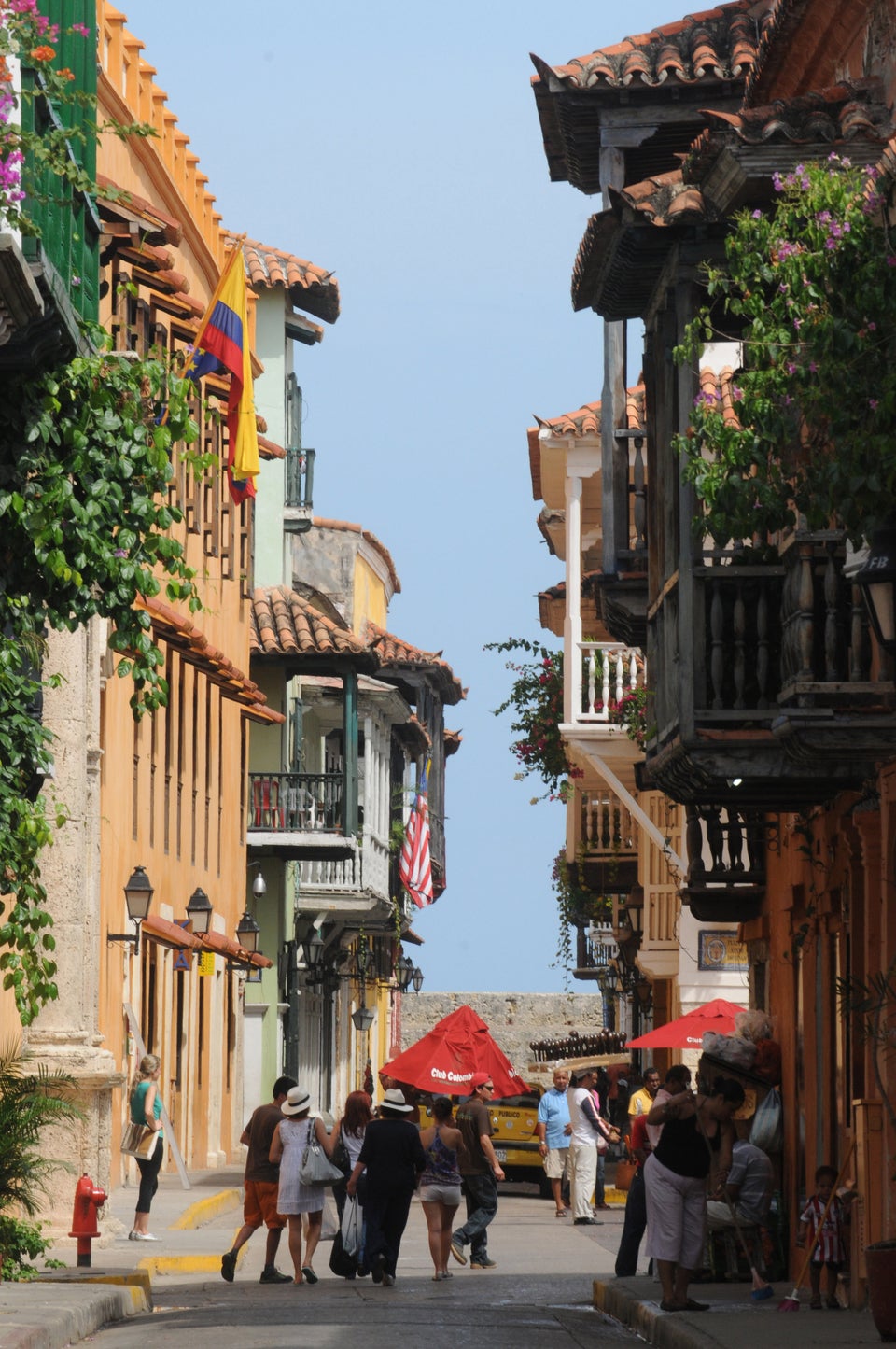
Most Colombians take advantage of the long weekends, also known as “puentes festivos,” to travel within the country with friends and family.
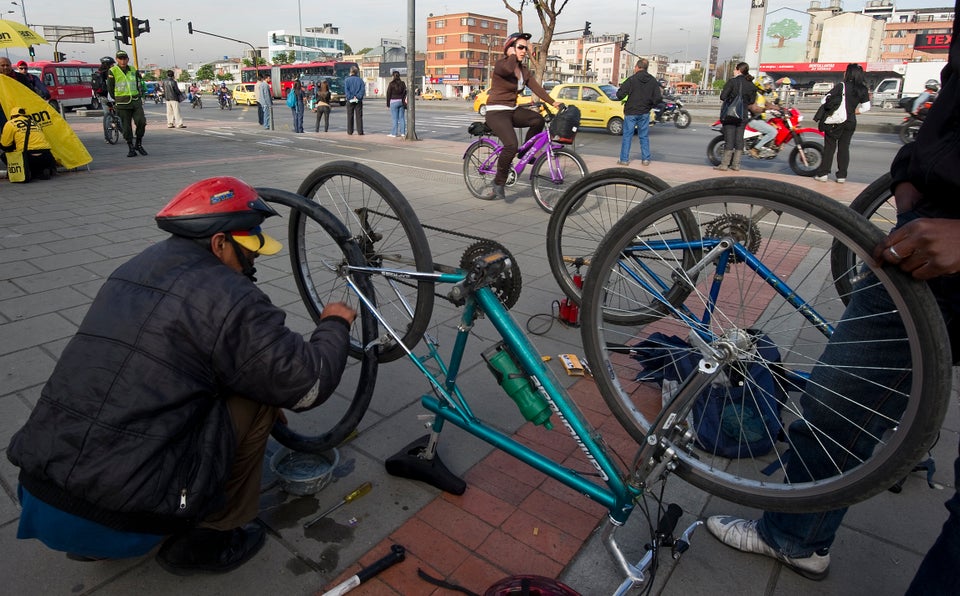
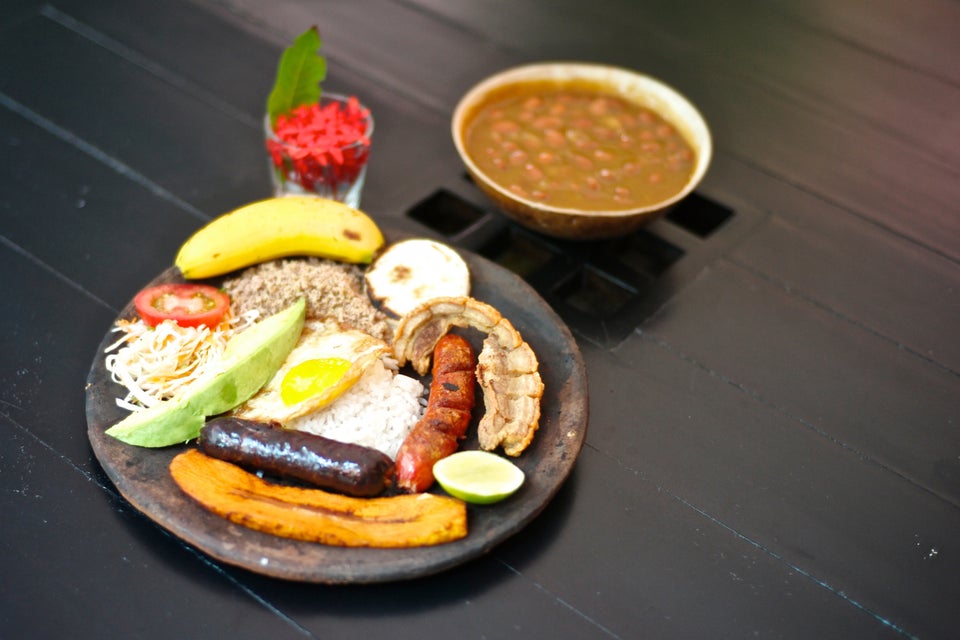
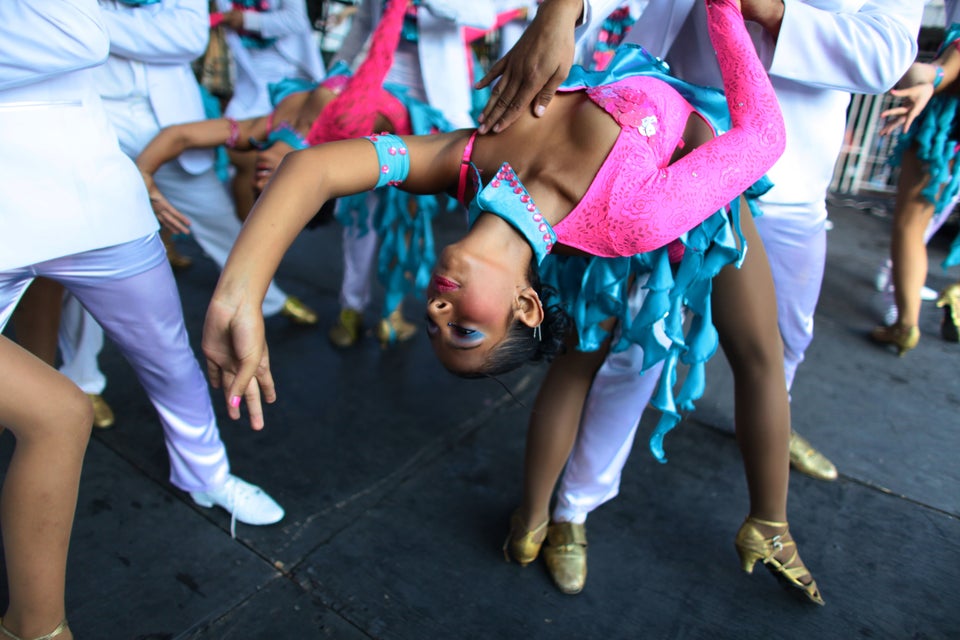
Colombia’s third most populous city, Cali, is sometimes called La Capital de la Salsa (World’s Salsa Capital). With significant differences from other styles of salsa, “Salsa Caleña” is known for its quick footwork with a mostly still upperbody. But Colombians do more than dance Salsa, the country is most well known for both its Cumbia and Vallenato genres.
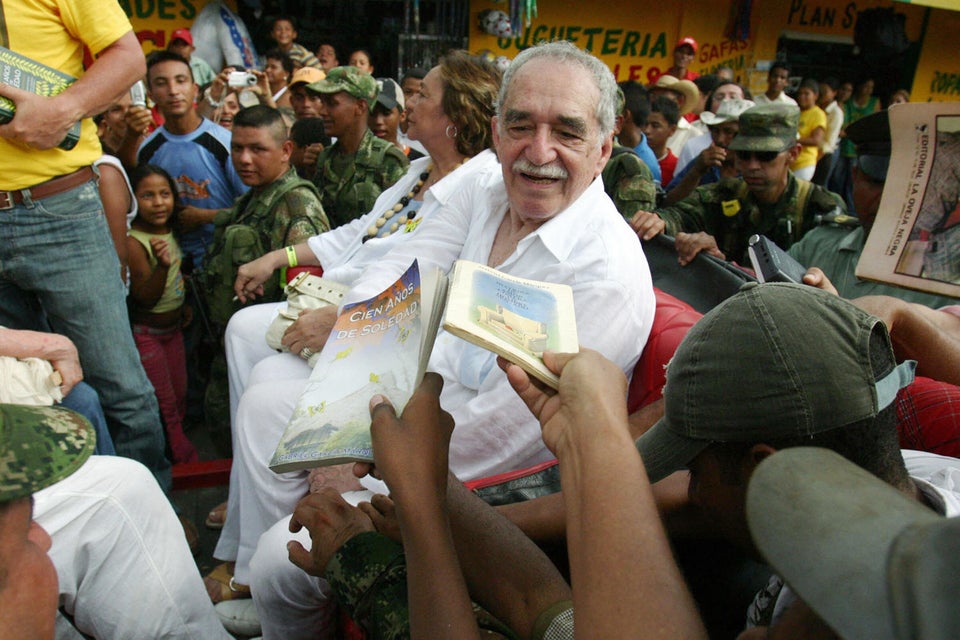
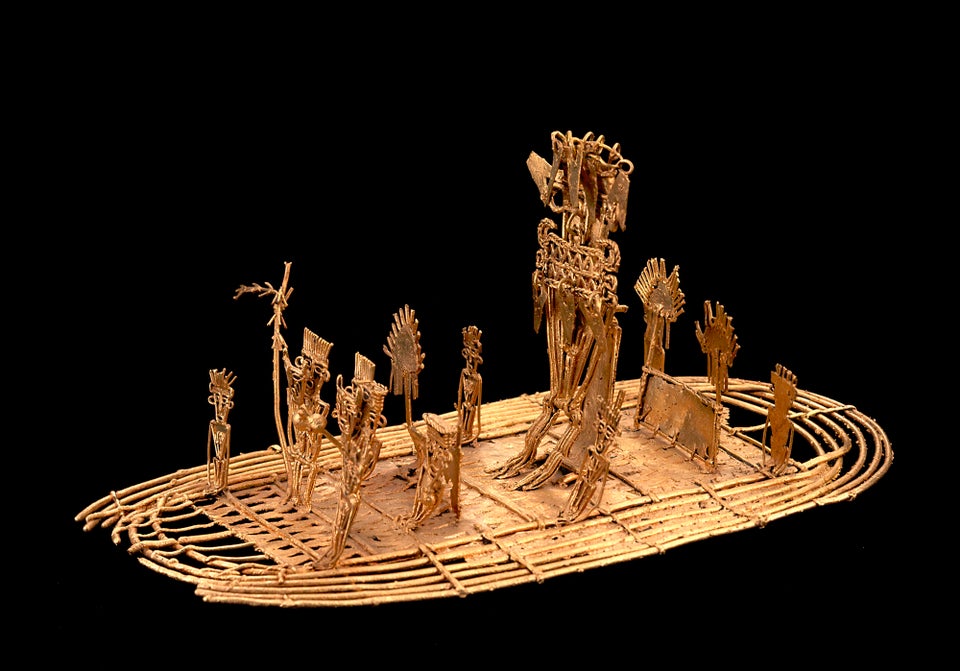
Bogotá’s International Airport “El Dorado” was named after the ceremony, and gold artifacts, like the Muisca Raft, can be found in the capital city’s Museo del Oro (Gold Museum).

James Rodriguez and los Cafeteros showed the world their growing power and dance moves at the 2014 World Cup in Brazil. Rodriguez took home the Golden Boot for most goals scored in the tournament and also won Best Goal of the Tournament.

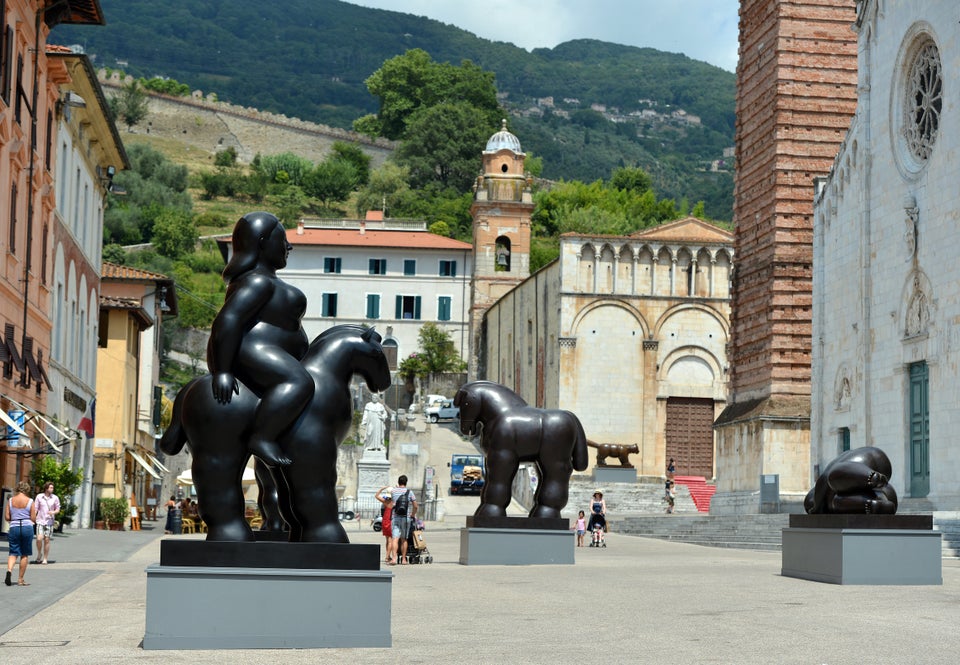
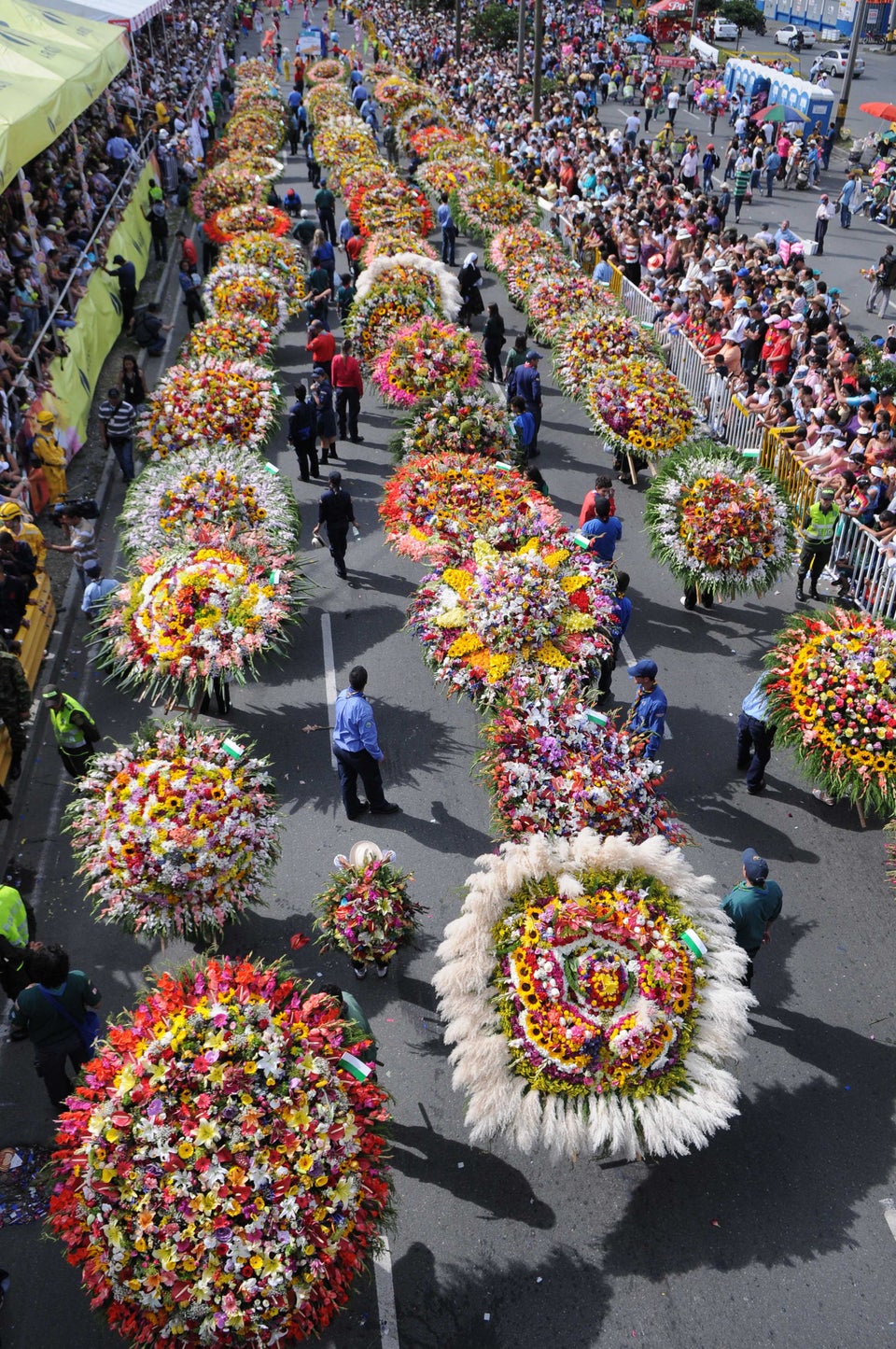

Colombia's economy has been growing over the years and despite some setbacks, the country currently has one of Latin America's most stable economies.